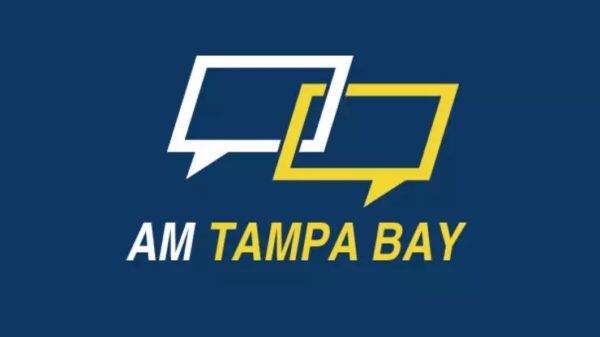On April 3, 2020, the Paycheck Protection Program was established with the intent to support small U.S. businesses during the COVID-19 pandemic. Program funding was depleted within a few days, in part, because some of the loans were distributed to companies that were not the intended recipients. The Paycheck Protection Program received an additional $484 billion on April 24, 2020, when President Trump signed a second COVID-19 rescue bill.
Problem with the Original Paycheck Protection Program Structure
As originally structured, there was an inherent flaw in the Paycheck Protection Program (PPP). Under PPP requirements for loan forgiveness, businesses had to spend 60% of the loans on payroll with the other 40% on rent, mortgage, interest, or utilities within 8 weeks of receiving the funds. For struggling businesses that had been forced to close due to the pandemic, there was no payroll, which meant that the loan could not be forgiven.
Issue Rectified with Second Payroll Protection Program Structure
 The second COVID-19 rescue bill extended the timeframe that businesses were required to use the funds from 8 weeks to 24 weeks. As states allow businesses to reopen, more small businesses can seek forgiveness of the loans under the federal guidelines. However, challenges still remain.
The second COVID-19 rescue bill extended the timeframe that businesses were required to use the funds from 8 weeks to 24 weeks. As states allow businesses to reopen, more small businesses can seek forgiveness of the loans under the federal guidelines. However, challenges still remain.
During an interview with WFLA News, Jeff Lieser, an attorney at Lieser Skaff, said that while the Small Business Administration (SBA) has a guide for loan forgiveness, this process is dense and difficult to understand. Mr. Lieser urges businesses to stay in contact with their lender and to ask questions about any part of the process that is unclear. In addition, Mr. Lieser encourages business owners to continually review the Frequently Asked Questions (FAQ) of the SBA’s website to stay current of changes and updates to the loan program.
Loan Forgiveness Process
The main purpose of the Paycheck Protection Program was to ensure that small businesses could continue operations during the shutdown but qualifying for loan forgiveness is a complex process. Business owners must be prepared to provide their lenders with complete and detailed documents of how the loan funds were spent and prove that the disbursement complied with the payroll percentage requirement. For businesses that utilize payroll programs or third party payroll process companies, this part of the process may be simplified but rent, interest, and other expenses must also be fully documented.
Mr. Lieser encourages business owners who are having difficulty documenting their qualifications for loan forgiveness to contact an attorney specializing in business law to support them in this process.